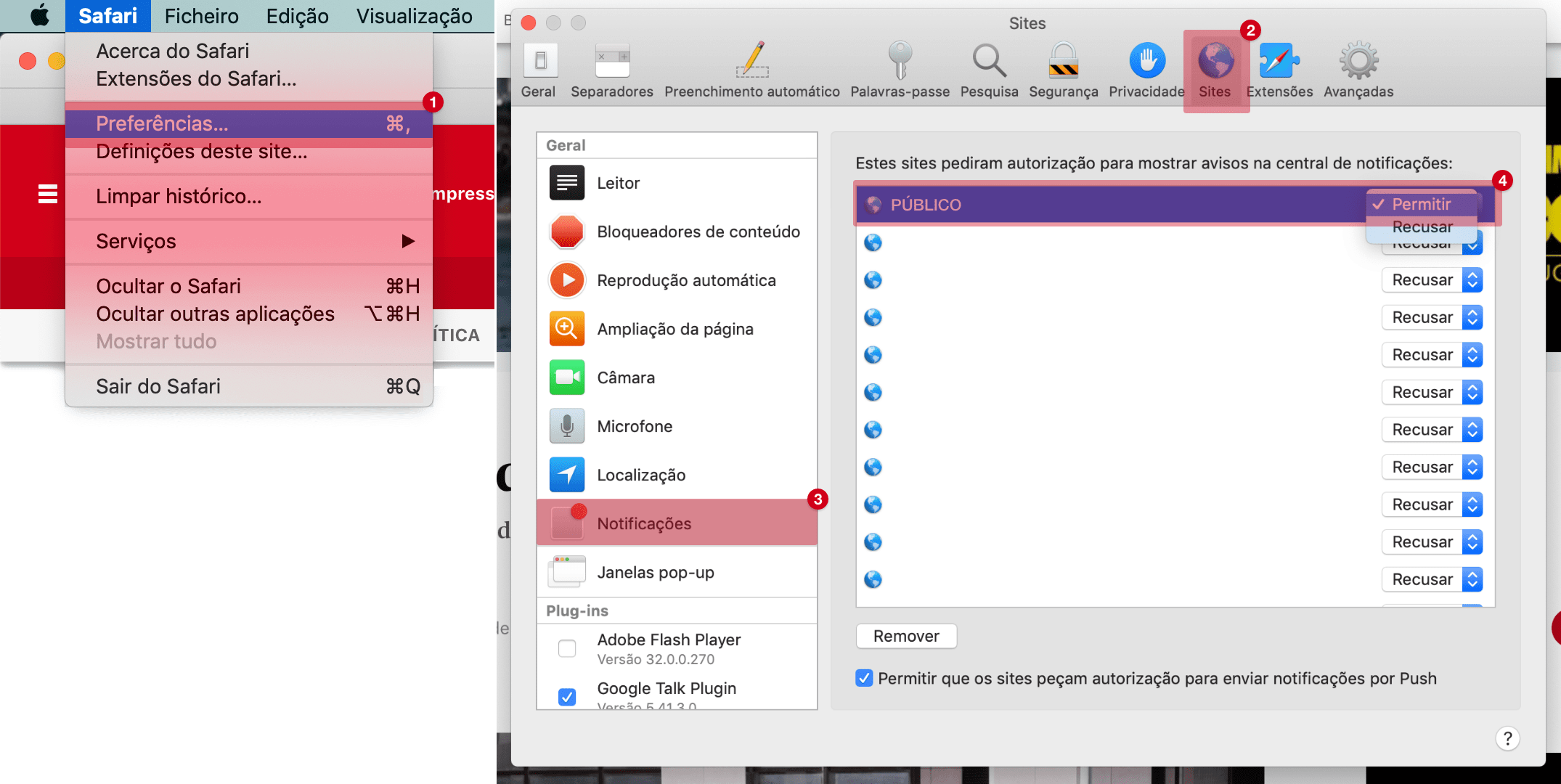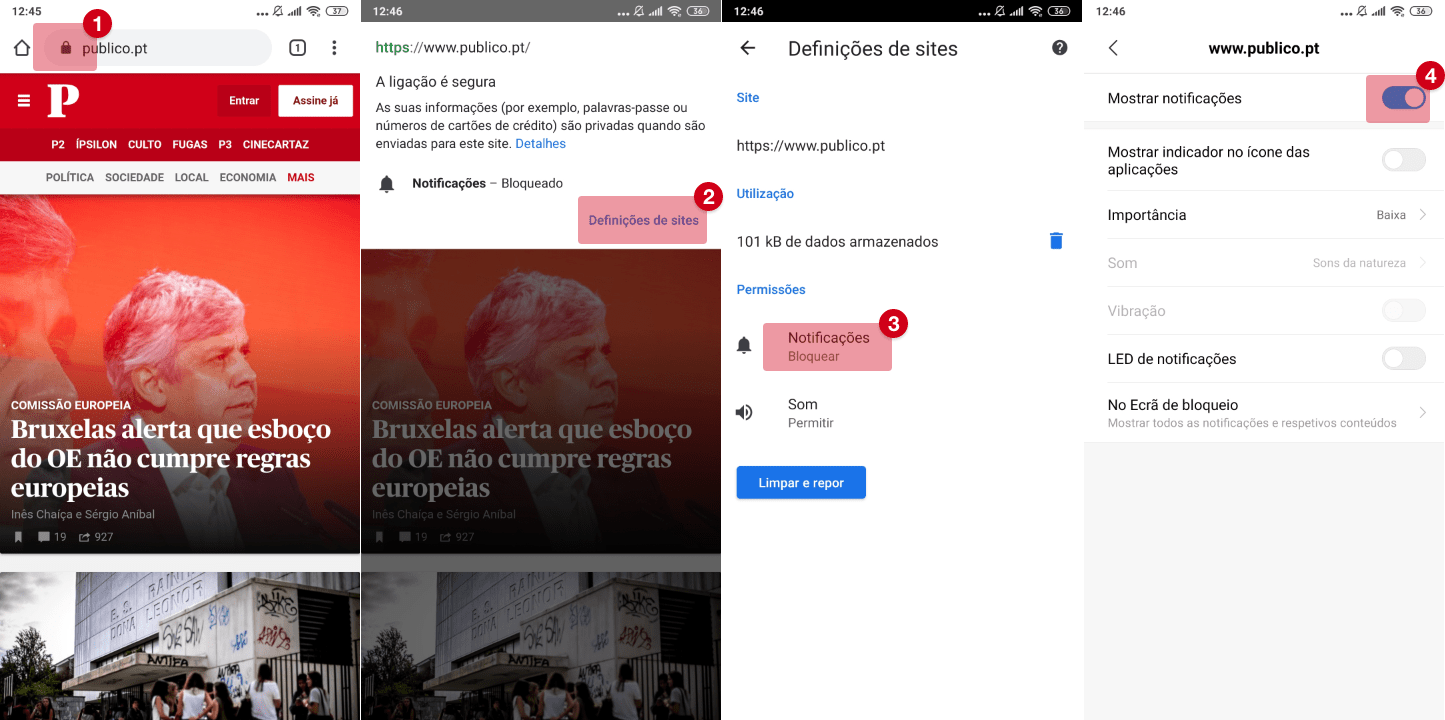Gallery
‘On the other side of the ocean’, from Porto to Nagasaki
In the 16th Century, a group of Portuguese set sail and docked in the Nagasaki bay and there founded a commercial warehouse. Nagasaki thus inaugurated its extension to the Far East through the network of Portuguese warehouses throughout the world. This trade network, the antecedent founder of today’s globalization, allowed the Portuguese language and culture to be discovered by other people, and other cultures. Japan was one of the last stages of the discovery period. Porto shares with Nagasaki the highs and lows of being situated between hills, where the cobbled roads guide us to the town’s old port. The two cities also share the statute of twin cities since 1978. I believe that travelling and retelling the tale is decisive in understanding and questioning the world. As a Portuguese citizen living in France for 6 years, I have travelled to various continents and the presence of the Portuguese throughout the world is always a cause for curiosity. What is the ‘Portuguese “spirit” that travels? What do my compatriots take with them to show the world? What traces has their presence left? In a more general way, what makes a city unique? And what unites the cities? ‘On the Other Side of the Ocean / Porto – Nagasaki, common images’ aims to show reciprocally a little of itself to its twin city, through a watchful and necessarily subjective eye. A series of day to day scene shows the cities respect for light, for colours, for life as it is – ugly and bright, simple and complex, mysterious and banal. The photograph here plays the role of an old style recitation, by going and coming back to retell, and tries to leave the freedom necessary for a dialogue between the images and those who see them, between what really happened and the imaginary. Between both sides on the ocean. Next October, first in Nagasaki, then in Porto, this exhibition will incorporate these and other images. João Garcia






